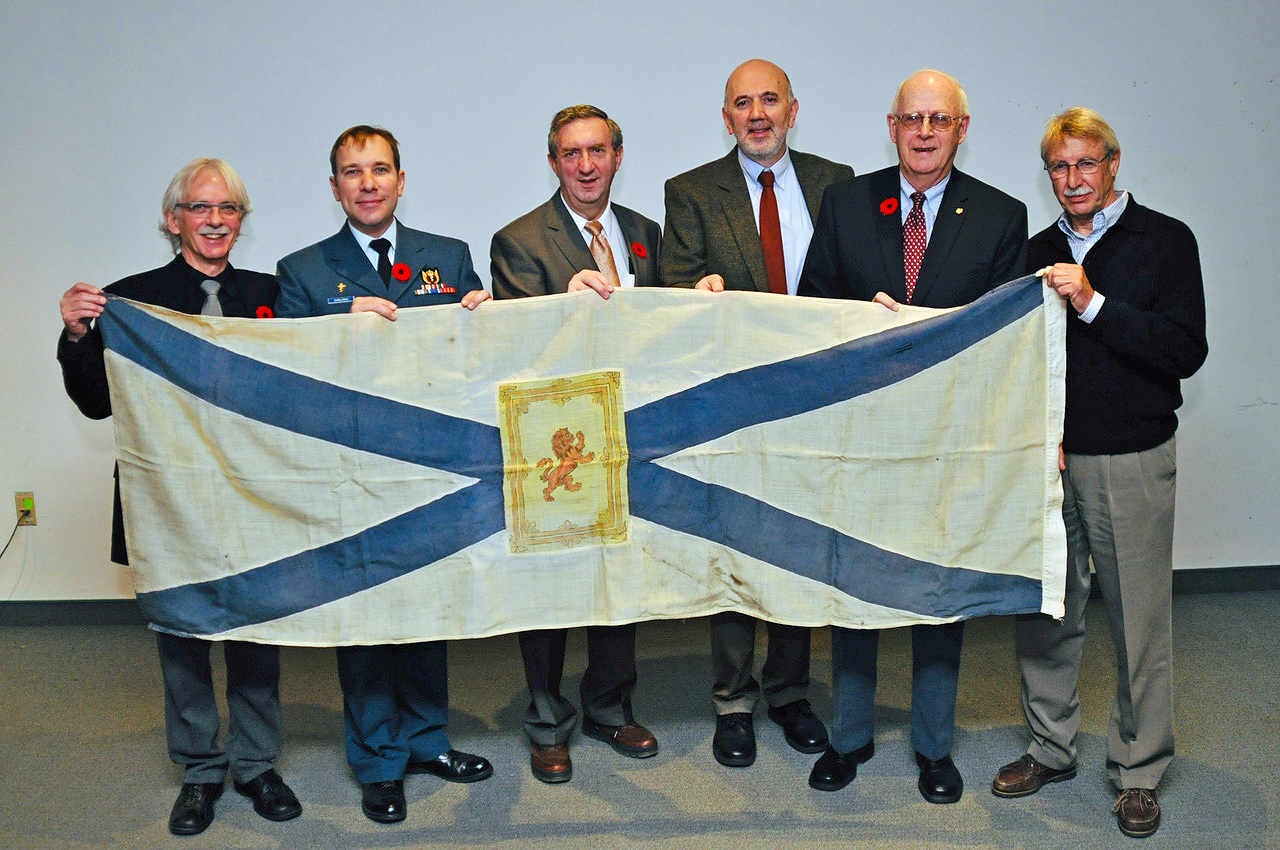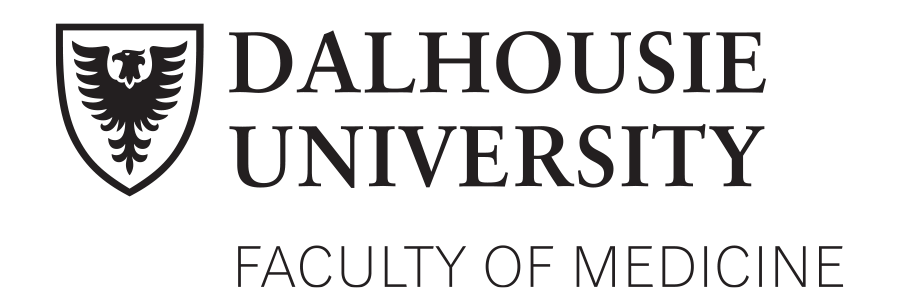By Dr. Allan Marble
A major improvement in the diagnosis of the condition of the lungs and heart took place in 1816, the year that Dr. Rene Theophile-Hyacinthe Laennec invented the stethoscope.
Before the early 1800s, diagnostic methods were limited to assessing whether a patient presented with a fever and palpating the patient to establish the existence of abnormal lesions. Sometime prior to 1816, physicians began to place their ear against the patients chest to listen to (or "auscultate") the sounds generated by the patient's lungs and heart. This diagnostic method was later augmented by the introduction of percussion, in which the physician tapped the back and chest of the patient with his fingertips and listened to the resulting sounds.
Dr. Jean-Nicolas Corvisart, a French physician in the late eighteenth century, worked to perfect the use of percussion as a diagnostic tool, attempting to correlate percussion and ear-to-chest auscultation findings with the results of post-mortem examinations of patients' pathology. Dr. Corvisart, who was Napoleon Bonaparte's personal physician, also taught at the College de France. Among his students: Rene Laennec.
Rene Laennec was born in Brittany in 1781 and studied medicine in Paris, where he was introduced to percussion by Dr. Corvisart Dr. Laennec later went on to continue Or. Corsivart's work of comparing diagnoses by percussion with post-mortem findings. In 1816, while working as a physician at a Paris hospital, Laennec made an important observation which revolutionized medical diagnosis. He described the memorable event in his book De /'Auscultation Mediate, published in 1819.
In 1816, I was consulted by a young woman labouring under general symptoms of diseased heart, and in whose case percussion and the application of the hand were of little avail on account of the great degree of fatness. I happened to recollect a simple and we/I-known fact in acoustics ... the great distinctness with which we hear the scratch of a pin at one end of a piece of wood on applying our ear to the other. f rolled a quire of paper into kind of a cylinder and applied one end to the region of the heart and the other end to my ear, and was not a little surprised and pleased to find that I could thereby perceive the action of the heart in a manner much more clear and distinct than I had ever been able to do by the immediate application of my ear.
Laennec soon replaced the quire of paper with a hollow wooden cylinder and the monaural stethoscope was born. Because of the difficulty of identifying the correlation between the sounds heard from the stethoscope with the pathology of the lungs or heart, it was almost two decades before the instrument was included in medical training. Dr. Rufus S. Black, a11 graduate of the Edinburgh University Medical School, is said to have introduced the stethoscope to Nova Scotia when returned to his hometown of Halifax in 1836. Arthur Leared, an Irish physician, invented the binaural stethoscope in 1851.






